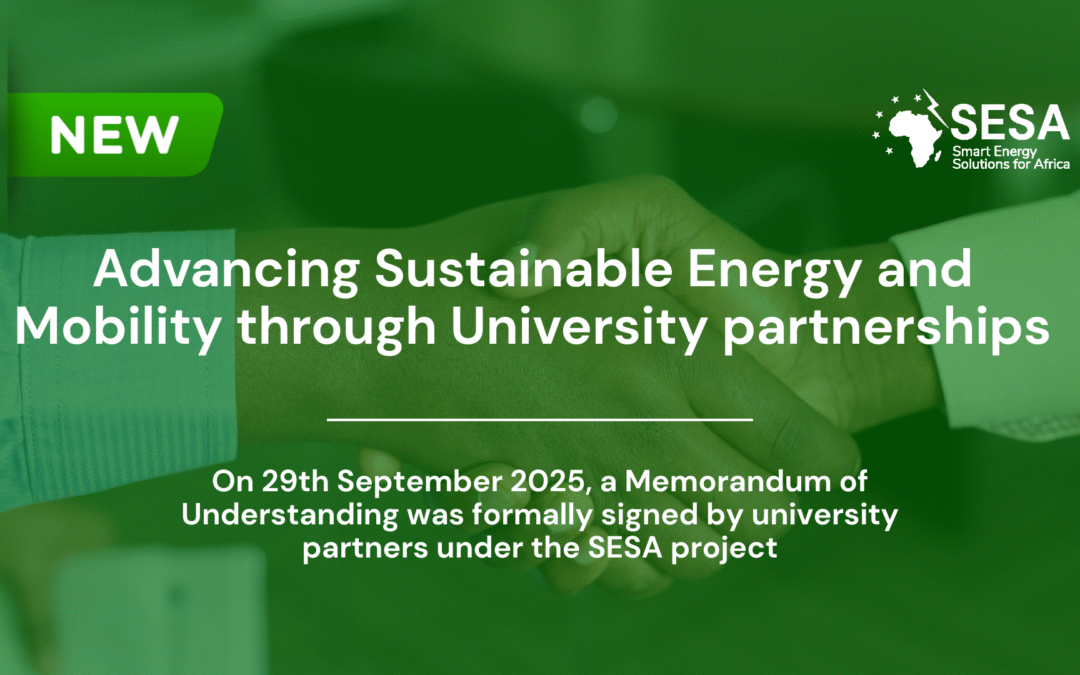
Beyond SESA: Advancing Sustainable Energy and Mobility through University partnerships
On 29th September 2025, a Memorandum of Understanding (MoU) was formally signed by university partners under the Smart Energy Solutions for Africa (SESA) project, an initiative funded under the Horizon 2020 programme by the European Commission.
The agreement establishes a framework for collaboration among leading African and European universities to strengthen research, innovation, and capacity building in sustainable energy and mobility. The signatory institutions are:
- Blekinge Institute of Technology (Sweden)
- Nelson Mandela University (South Africa)
- University of Rwanda – CASTLS (Rwanda)
- Akenten Appiah-Menka University of Skills Training and Entrepreneurial Development (AAMUSTED, Ghana)
- Aalborg University (Denmark)
- Technical University of Berlin (Germany)
Through this MoU, the parties commit to:
- Conducting joint research and academic programmes
- Facilitating staff and student exchanges
- Sharing data, methodologies, and expertise via the SESA Knowledge and Research Platform
- Supporting the training of researchers, professionals, and students across regions
This collaboration underscores a shared commitment to advancing innovative energy solutions that enhance sustainable development, energy access, and climate resilience in African cities and beyond.






Recent Comments